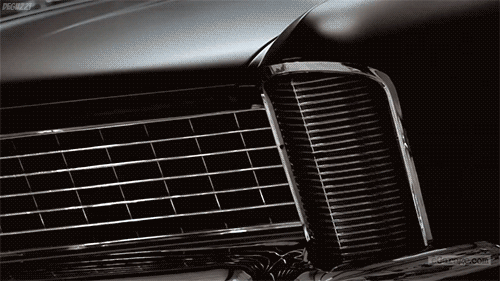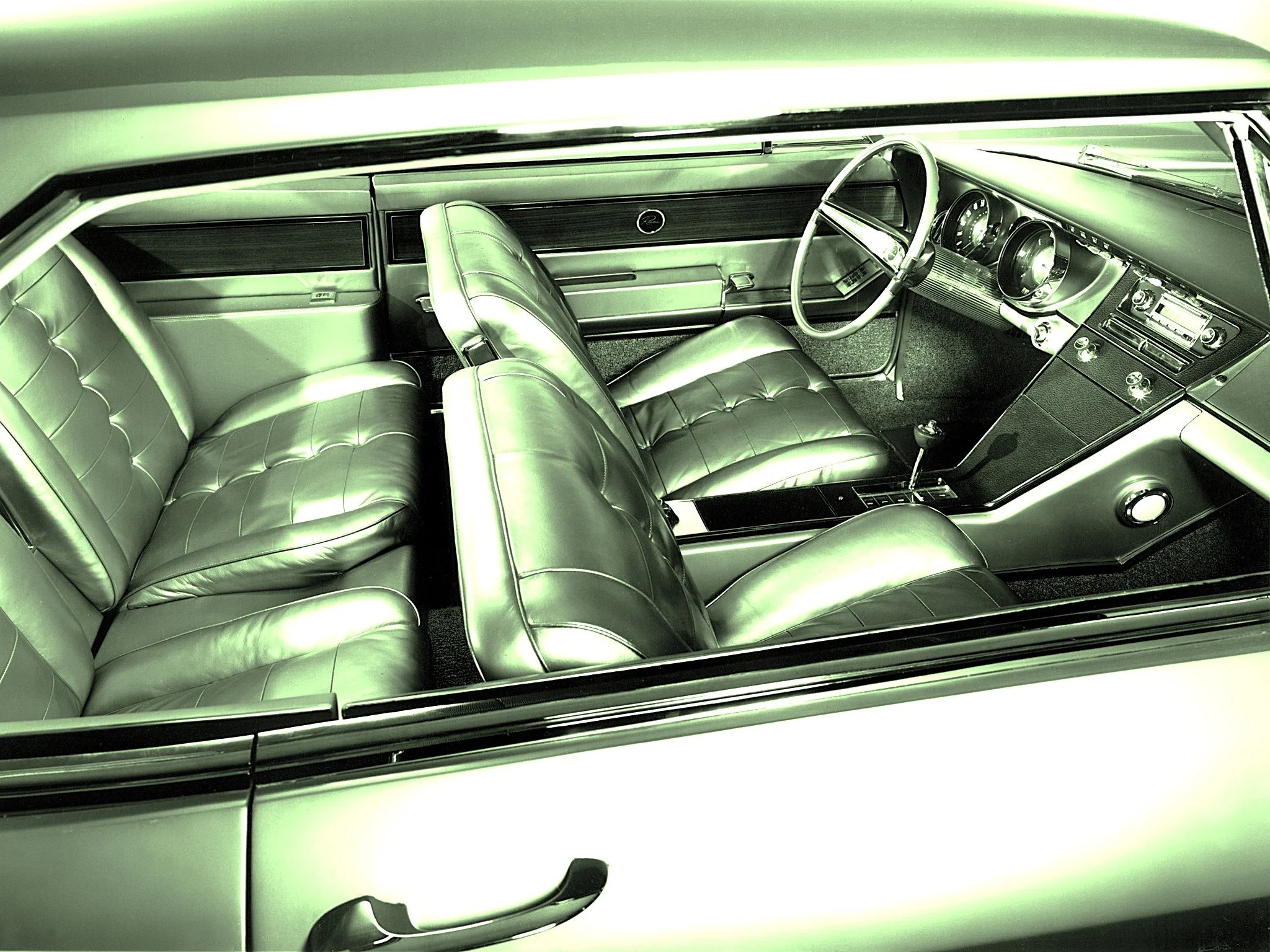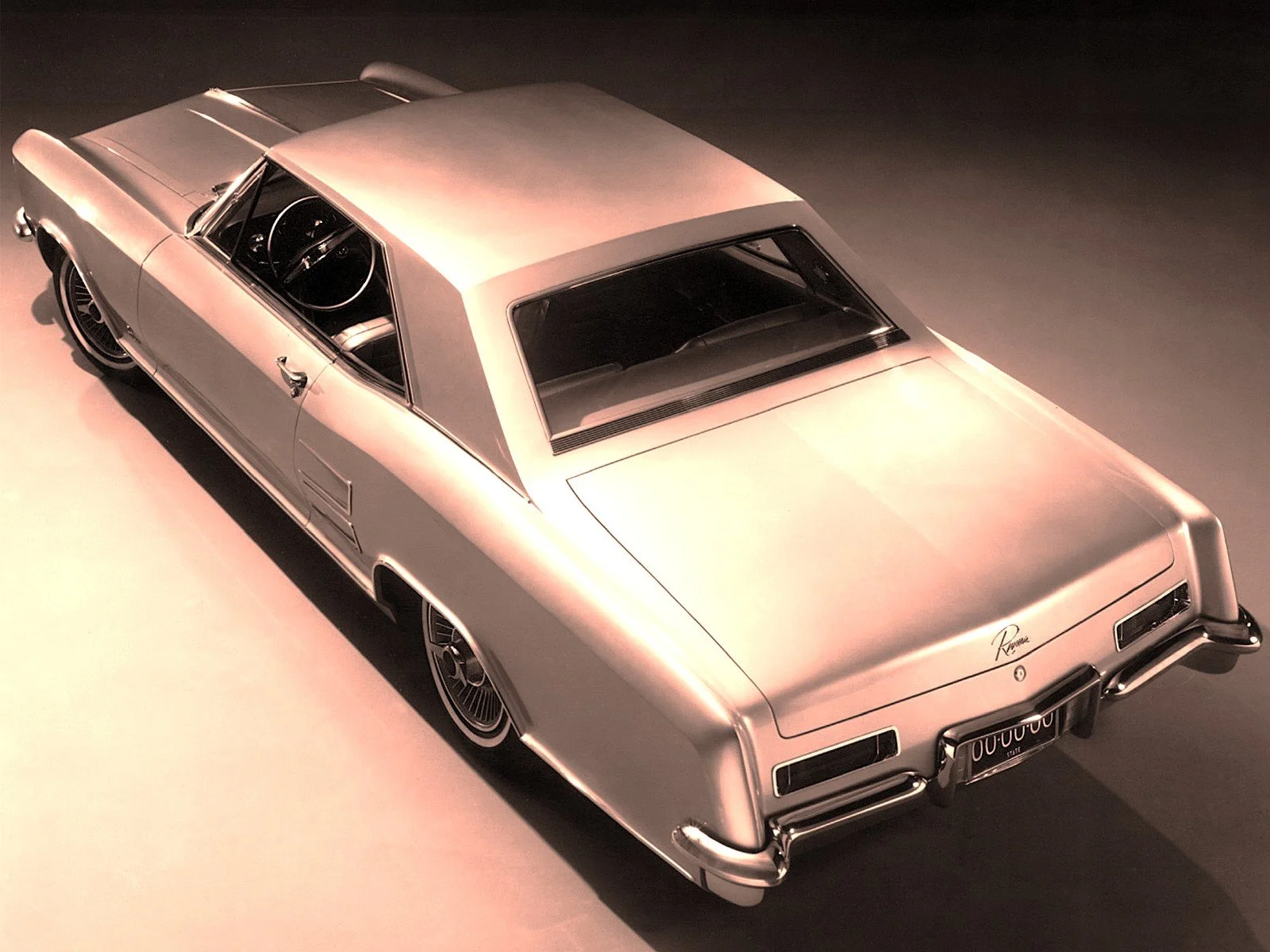When it comes to classic American cars, few posses the timeless elegance and bold design of the 1963--65 Buick Riviera. More than just a pretty car, it was a rolling sculpture that combined European flair with American confidence. The 1963 Riviera was a daring departure from the chrome-laden, tailfin-heavy designs of the late 1950s and early 1960s. It was a car that dared to be different, and in doing so, carved out a permanent place in automotive history. Adding to the buzz were celebrities ordering themselves a new Riviera, with the likes of Elvis Presley, Frank Sinatra and Clint Eastwood becoming owners soon afer the car’s launch.
The story of the Buick Riviera begins in the late 1950s, a time when American car manufacturers were locked in a battle of excess. Tailfins grew taller, chrome was applied almost everywhere, grilles became more ornamental than functional and cars ballooned in size. Not all were convinced this was the right direction. At General Motors, a group of forward-thinking designers and executives saw an opportunity to create something entirely new—a car that would blend the sophistication of European grand tourers with the power and presence of an American luxury coupé.
1963 Riviera promotional image - in what was then a sensational new and futuristic colour - silver.
The Riviera’s origins can be traced back to a secret project known as the ‘LaSalle II’, a concept car designed to revive GM’s defunct LaSalle brand. Though the LaSalle name was ultimately shelved, the design caught the attention of GM styling chief Bill Mitchell. Mitchell, a man with an eye for bold, clean lines, saw the potential for something extraordinary. He envisioned a car that would be sleek, powerful, and luxurious—a car that would appeal to discerning buyers who wanted more than just a showy status symbol.
Mitchell’s vision was allegedly inspired by the sight of a Rolls Royce or Bentley while in London in 1955, and later, seeing a stunning mid-fifties Ferrari Superamericaca. He wanted the best of both designs and under the guidance of designer Ned Nickles, the result was a car that looked like nothing else on the road. The Riviera was low, wide, and purposeful, with a long hood, short deck, and a formal roofline that flowed into the rear fenders. It was a design that exuded confidence and sophistication, appealing to both sexes - so much so that Buick’s marketing campaign targeted female drivers.
Arguably, one of the most striking things about the 1963-65 Buick Riviera is its restraint. Unlike many of its contemporaries, the Riviera didn’t rely on excessive chrome or gimmicky design elements to make an impression. Instead, it used clean, uncluttered lines to create a sense of understated elegance. It was American sized, but with the elegance of a European grant tourer.
For 1965 the Riviera received a mild facelift that included the hidden headlights it was supposed to have had on release in ‘63. Flanking the grille were ‘stacked quads’ cleverly hidden behind (electrically operated) clamshell covers that added a touch of mystique to the car’s appearance. This hidden headlight feature was a first for Buick and became one of the Riviera’s most iconic design cues.
Riviera for 1965 finally received the hidden headlights it was meant to have from the start…
The side profile of the Riviera was equally impressive. The car’s long hood and short rear deck gave it a classic sports car proportion, while the gently curved roofline added a touch of softness to the otherwise muscular design. The absence of unnecessary trim or ornamentation allowed the car’s natural lines to shine, creating a look that was both modern and timeless.
New rear styling featured a clean, uncluttered design with lower, widened tail-lights incorporated into a redesigned bumper that neatly integrated with the body, further emphasizing the car’s sleek, cohesive design.
The 1965 RIviera offered a mild restyle which only added to the original car’s good looks.
Inside, the Riviera was just as impressive. The cabin was a masterclass in luxury and attention to detail, with rich materials, comfortable seating, and a driver-focused layout. The dashboard was clean and uncluttered, with a symmetrical design that placed all controls within easy reach. Buick offered a range of premium options, including power windows, air conditioning, and a tilt steering wheel, making the riviera as comfortable as it was stylish. A center-console was harmoniously integrated into the overall design and flowed into the dashboard.
Stylish and functional - one of the first cars to offer a console with floorshift automatic as standard equipment - the beautiful Riviera
A car that looked as fast as the Riviera needed power to back up it’s sleek appearance. Powered by Buick’s famous ‘nailhead’ V8, a 401 cubic inch (6.6ltr) powerhouse that delivered 325 horsepower, the engine wasn’t anything out of the ordinary for a big, luxurious American car, but it did offer effortless acceleration. For those who wanted even more performance, Buick offered a 425 cubic inch (7.0l) version that bumped power up to 340 horsepower.
6.6 liters of effortless muscle - the 325 horsepower ‘Wildcat V8’ was Buick’s top engine - standard in the Rivera.
The nailhead V8 was paired with Buick’s smooth-shifting ‘turbine-drive’ automatic transmission, This combination gave the Riviera a level of performance commensurate with it’s grand touring aspirations, and made it among the fastest of the new breed of personal luxury cars that was it’s main competition - namely the Pontiac Grand Prix and Ford Thunderbird. Although brakes were not really up to the job - the same could be said for all American cars of the era. Buick did offer finned aluminium brake drums, allowing the brakes to dissipate heat faster than other large cars and were thus praised at the time as being among the safer American cars.
Read our article on the stunning American personal luxury cars
The 1963-1965 Buick Riviera was a car ahead of its time. Its clean, uncluttered design was in stark contrast to the excess typical of the era, and its blend of European styling and American power set a new standard for luxury coupes. It was a car that appealed to a wide range of buyers, from executives looking for a stylish daily driver to enthusiasts who appreciated its performance and craftsmanship.
Over the years, the Riviera’s design has continued to inspire admiration and respect. It’s a car that looks just as stunning today as it did in 1963, a testament to the skill and vision of the designers who created it. The first-generation Riviera is often cited as one of the most beautiful cars of the 20th century, and it’s easy to see why.
Today, the 1963-1965 Buick Riviera is a highly sought-after collector car, prized for its beauty, rarity, and historical significance. If you’ve had the chance to see a first generation Riviera in the metal, you’ll know how special it is. There’s something about the way the light plays off its curves, the way it commands attention without having to shout that makes it something truly special. Here’s to the 1963 Buick Riviera, a true icon of the 1960s and one of the most beautiful cars ever made. Long may it roll.
About the author
Raph Tripp is a movie buff and passionate classic car enthusiast, writer, and founder of Tunnel Ram. If you wish to publish this article in part or in whole, please credit Raph Tripp and tunnelram.net . This is an original Tunnel Ram production ©2025 Tunnel Ram. All images remain the property of the original copyright holders.








